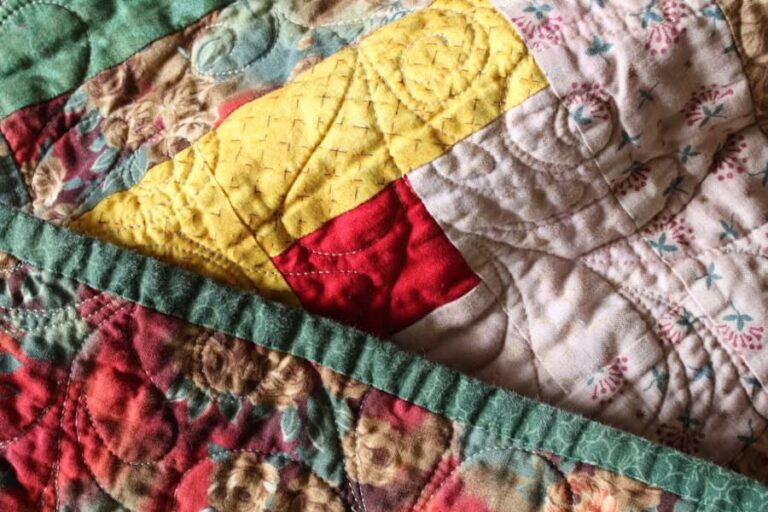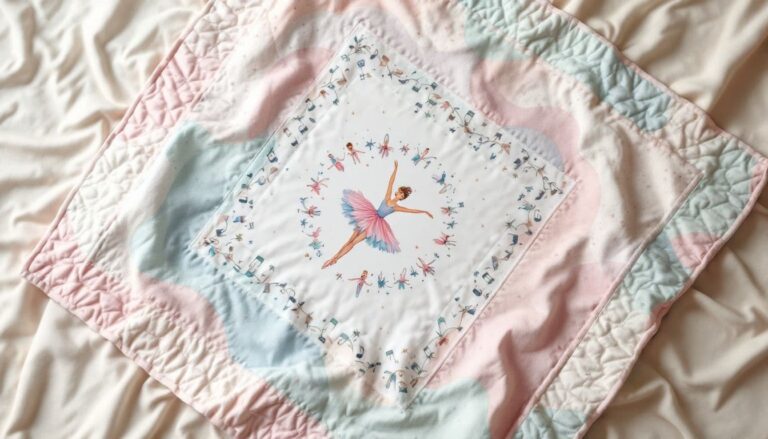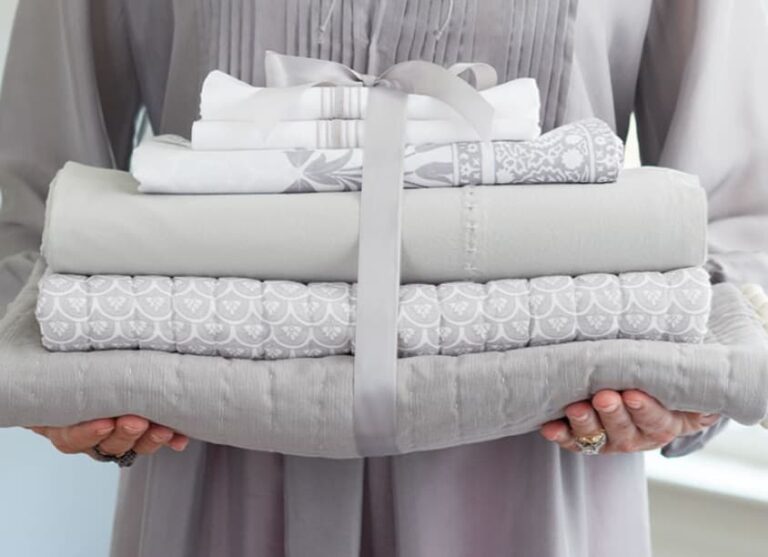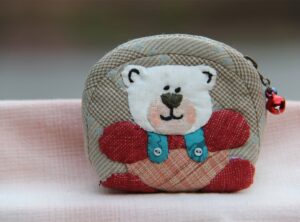Selecting the right sewing machine is a pivotal step for any quilter. Whether you’re a beginner eager to start your first quilt or an experienced quilter looking to upgrade, finding the perfect machine can significantly impact your quilting experience. This guide will help you navigate the key features and considerations when choosing a quilting machine, with a special mention of unique quilting patterns like Lucky Charms Shooting Star to inspire your next project.
1. Understanding Your Quilting Needs
Before diving into the specifics of different machines, it’s crucial to understand what you need from your quilting machine.
- Type of Quilts: Consider the types of quilts you plan to make. If you’re focusing on basic quilts or smaller projects, a standard sewing machine might suffice. For larger quilts and more advanced techniques, a dedicated quilting machine with a larger throat space might be necessary.
- Frequency of Use: Determine how often you’ll be using the machine. Regular quilters may benefit from a higher-end model with more features, while occasional quilters might find a more basic model suitable.
2. Key Features to Look For
When choosing a quilting machine, there are several features that can make a significant difference in your quilting experience.
a. Throat Space
The throat space is the area between the needle and the body of the machine. A larger throat space provides more room to maneuver large quilts and make quilting easier.
- Recommendation: For larger quilts, look for machines with a throat space of at least 8-12 inches. This will help you manage bulky quilts more comfortably.
b. Stitch Options
A variety of stitch options can enhance your quilting versatility. Look for machines that offer a range of stitch patterns, including straight stitches, zigzag stitches, and decorative stitches.
- Recommendation: Consider machines with adjustable stitch length and width. Some machines also offer quilting-specific stitches and features like stitch-in-the-ditch or free-motion quilting stitches.
c. Automatic Features
Automatic features can simplify your quilting process and improve accuracy.
- Automatic Needle Threader: Saves time and reduces eye strain by automatically threading the needle.
- Automatic Thread Cutter: Cuts the thread at the end of a seam with a touch of a button, reducing manual effort.
- Adjustable Presser Foot Pressure: Allows you to adjust the pressure of the presser foot for different fabric types, ensuring even stitching.
d. Quilting Feet
Quilting machines often come with various feet attachments that can aid in different quilting techniques.
- Walking Foot: Helps feed multiple layers of fabric evenly and is essential for quilting through thick layers.
- Free-Motion Foot: Allows for free-motion quilting, where you can move the fabric in any direction to create intricate designs.
3. Choosing Between Mechanical and Computerized Machines
Quilting machines come in two main types: mechanical and computerized. Each has its own set of benefits and limitations.
a. Mechanical Machines
Mechanical machines are typically more affordable and straightforward, offering basic features for quilting.
- Advantages: Durability and simplicity. They are often easier to repair and have fewer electronic components that can fail.
- Disadvantages: Limited stitch options and fewer advanced features compared to computerized machines.
b. Computerized Machines
Computerized machines offer a wide range of features and customization options through digital controls.
- Advantages: Extensive stitch libraries, programmable patterns, and advanced quilting features. They often include built-in guides and templates for quilting patterns.
- Disadvantages: Higher cost and potential for more complex repairs if electronic components fail.
4. Brand and Model Recommendations
While there are many excellent brands and models to choose from, some well-regarded names in quilting machines include:
- Bernina: Known for their high-quality build and extensive range of features. They offer both mechanical and computerized models suited for quilting.
- Janome: Offers a range of machines from basic to advanced, with features specifically designed for quilting.
- Brother: Provides affordable options with a variety of features, including computerized models with ample stitch options.
5. Test Before You Buy
Whenever possible, test the machine before making a purchase. Many sewing machine retailers offer demonstrations or allow you to try out the machine. Pay attention to:
- Ease of Use: How comfortable is the machine to operate? Are the controls intuitive?
- Noise Level: Consider how loud the machine is, especially if you’ll be sewing for long periods.
- Stitch Quality: Test different stitches and see how well they perform on various fabrics.
6. Inspiring Quilting Patterns
Once you’ve selected your machine, you’ll be ready to start quilting projects. Consider trying patterns like Lucky Charms Shooting Star for a beautiful and dynamic design. This pattern incorporates various quilting techniques and allows you to explore the full potential of your new machine.
Choosing the right quilting machine involves considering your specific needs, the features you value most, and the type of quilting you plan to do. By understanding key features such as throat space, stitch options, and automatic functions, you can make an informed decision that enhances your quilting experience. Whether you opt for a mechanical or computerized machine, selecting a model that fits your quilting style will set you up for success.
With your new machine and inspiration from patterns like Lucky Charms Shooting Star, you’ll be ready to tackle your quilting projects with confidence and creativity.





